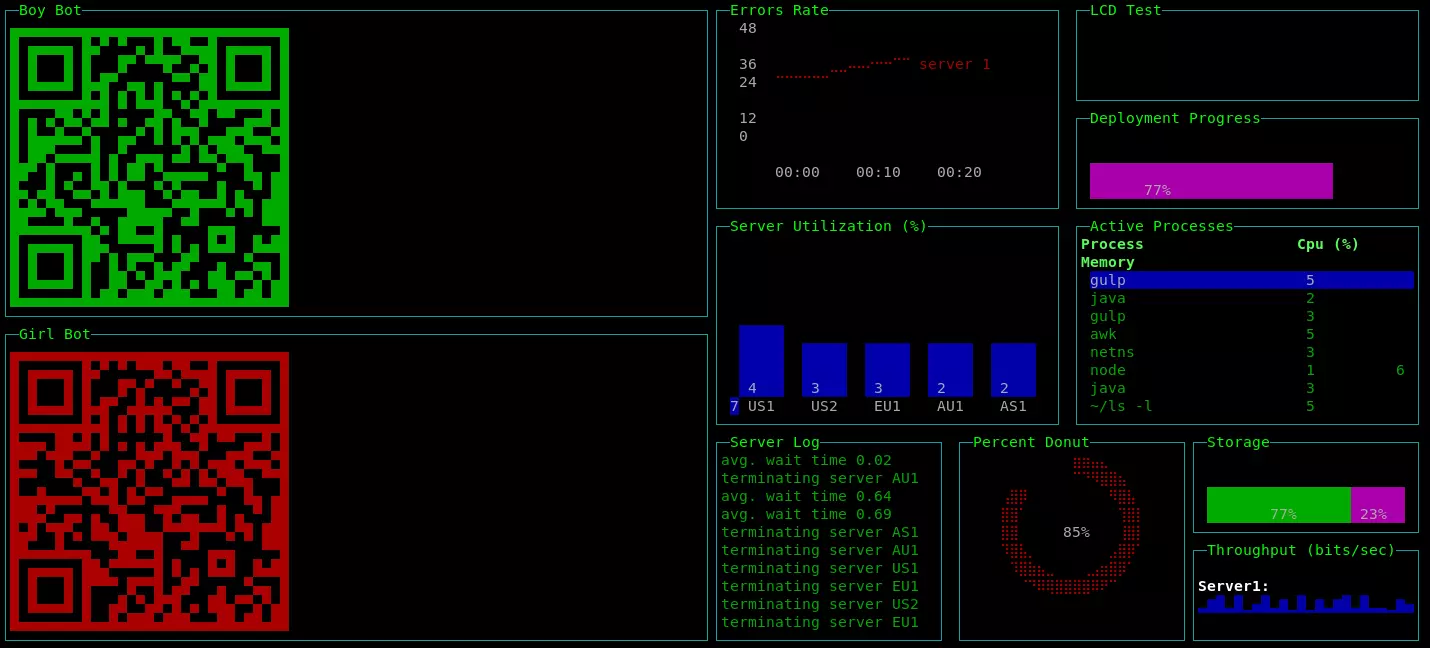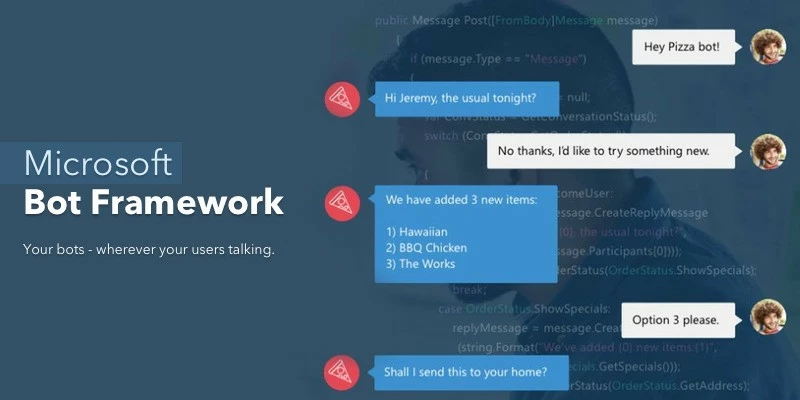
Wechaty v0.16 is working in progress.
- Good news: We will be able to run as many as Wechaty instances than only one singleton before!
- Bad news:
BREAKING CHANGES were introduced.This enhancement has no BC any more!
Wechaty could only be able to instantiate once before. This comes for one reason: I’m lazy at the beginning.
I’m lazy because there’s need some works to support the second instance. For example, we can image when we are using Contact.find('name') to search contacts, Contact must know the exactly wechat account we are using. When we have one, it’s all ok, but when we got the second one, we have to make a choice.
That’s the problem, Contact is very hard to choose because it knows nothing about anything.
To make it work, we designed a strange pattern: clone the Contact class and using it’s static properties to store information for future usage.
Please let me know if you know any design pattern similar to it, or it’s a confirmed an anti-pattern.
TL;DR
Talk is cheap, show me the code.
const bot1 = new Wechaty({ profile: 'bot1' })
const bot2 = new Wechaty({ profile: 'bot2' })
const room1 = await bot1.Room.find('my room')
const room2 = await bot2.Room.find('my room')
That’s all. Instead of Wechaty.instance(), we now support instanciated Wechaty directly, without any limitations.
The BREAKING CHANGES is: when you want to use Room, Contact, FriendRequest, and Message, you can not call them directly anymore, because they will become the Abstract Class soon, which means cannot be instantiated.
Update 2018-05: We can still be able to instanciate the
bot.Messageby using clone-class NPM module
Instead, use bot.Room, bot.Contact, bot.FriendRequest, and bot.Message, which bot is the instance of Wechaty.
THE LONG STORY
To allow multi-instance is on our todo list for many months.(See Github Issue #518)
It will be straightforward to design all the class methods with a puppet parameter, which can solve the problem but we have to remember the puppet in the userspace code and pass it in for every call. I do not like that.
I write four versions of Proof of Concept Code to store and hide the puppet.
1. PoC V1: ES6 Proxy
The first PoC is to use ES6 Proxy. It’s very straightforward just to wrap the original class and set the puppet when it is being called.
const Bot1Contact = new Proxy(Contact, handlerFactory(puppet1))
But we need a new class is instanceof the original class, which means Bot1Contact instanceof Contact should be true. Proxy cannot meet this goal.
Full ES6 Proxy PoC source code is at https://github.com/wechaty/wechaty/issues/518#issuecomment-383319998
2. PoC V2: Class.bind({})
The second PoC is to bind the Class to a new context object by using Contact.bind({})
const Bot1Contact = Contact.bind({})
By doing this, we can get a branding new Bot1Contact which we can set static properties on, and Bot1Contact instanceof Contact will be true.
However, by this technology, we can not get the right static properties inside the instance methods. We always got the static properties from the original class, which means it’s utterly useless for us if we can not get back the information we need on the static properties from the new class.
Full Class.bind({}) source code is at: https://github.com/wechaty/wechaty/issues/518#issuecomment-383357185
3. PoC V3: eval
How about creating a new class by eval the source code from original class?
const Bot1Contact = Function('return ' + Contact.toString())
It works like a charm, and it will be qualified if we can set the Bot1.Contact.prototype to the Object.create(Contact.prototype), which could make instanceof works.
However, I found that the Bot1.Contact.prototype could not be changed because it’s configurable & writable properties are set to false, and the writable could not be changed by Reflect.defineProperty(), which means it will not be able to support the Bot1Contact instanceof Contact.
Full eval source code is at https://github.com/wechaty/wechaty/issues/518#issuecomment-383384175
4. PoC V4: class extend
After lots of massive research & experiment work, I decided to extend the original class to create a new one for our usage.
class Bot1Contact extends Contact {}
By this technic, the code is very clean, the instanceof work as expected, everything as my wish finally!
MODULIZE
After all the work, I modulized this part of the code as my new npm module: clone-class at https://github.com/huan/node-clone-class, with automatic unit tests and deploy to NPM by CI/CD.

And finally, I can create as many bots as I need than before!
NPM @latest v.s. @next
Another enhancement had been implemented while developing this new feature, is that we can publish the NPM package with @next tag instead of @latest when the version indicates that this is a development release.
For example: if the current version’s minor number is odd, which means it is a development release, then when publishing it to the NPM, it will be set dist-tag to the @next instead of @latest.
So the regular users will always use the stable/production version when they try to npm install wechaty or npm install wechaty@latest. If they want to use the development release version, they have to opt-in by run npm install wechaty@next.
See more about this by reading the GitHub Issue: Continious Deploy to NPM with the @next tag when the MINOR version number is odd(in developing branch)
CONCLUSION
The Simplicity Behind Complexity: The complex is easy; simple is hard.
Designing and developing anything of consequence is incredibly challenging. Our goal is to try to bring a calm and simplicity to what are incredibly complex problems so that you’re not aware really of the solution; you’re not aware of how hard the problem was that was eventually solved.”
– Sir Jonathan (Jony) Ive
Wechaty twins bot powered by blessed-contrib, terminal session recorded at https://asciinema.org/a/177857
 Integrate Wechat Personal Account to Microsoft BotFramework with a BotBuilder Wechaty Connector
Integrate Wechat Personal Account to Microsoft BotFramework with a BotBuilder Wechaty Connector